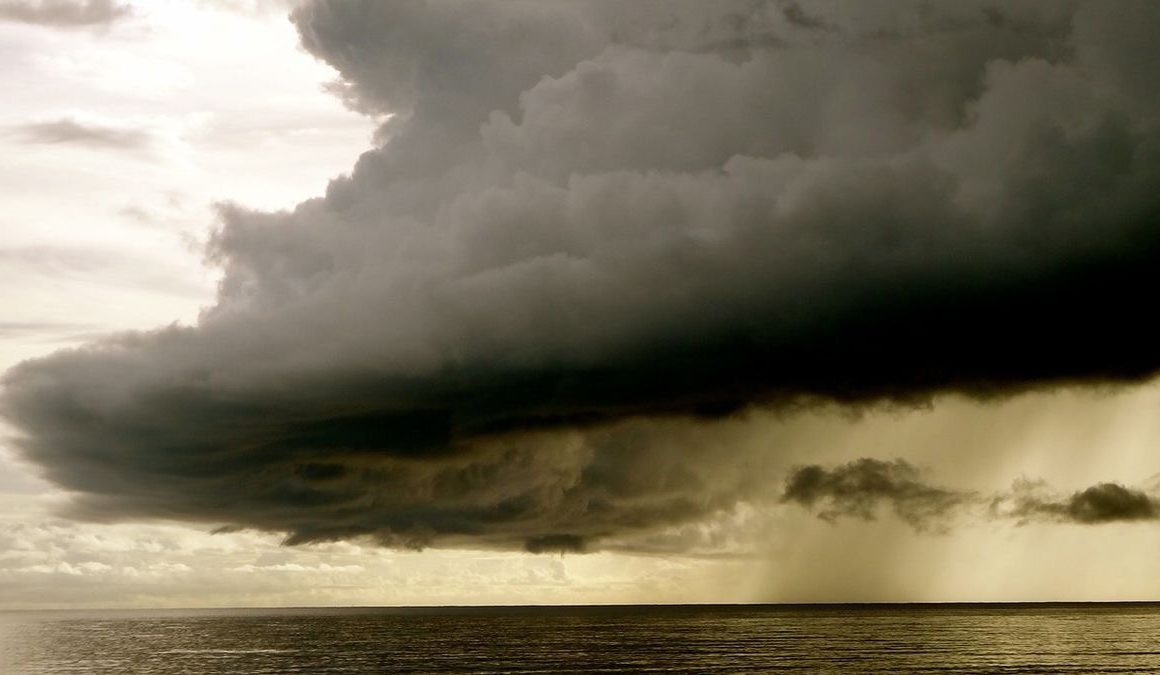Conclusion of a four-part sequence (links to earlier parts below).
The first time Gabriella’s doctor suggested inserting a G-tube, enabling us to insert liquids straight into her stomach through a “button” on her belly, Lisa and I were adamant. No way.
Following her scoliosis surgery, our daughter had lost some of her basic skills, including rolling over and beginning to move an adapted spoon to her own mouth. While accepting food from us didn’t seem like much of a “skill”, we knew other children who had stopped spoon-feeding once they received their nutrition through a G-tube. It was a lot to give up.
Then Gabriella suffered a series of setbacks. Respiratory weaknesses that led to daily nebulizer treatments. The loss of over 10% of her body weight … down from a starting point of 62 pounds. Kidney stones that required shattering into tiny fragments. She had new pediatric specialists. New medicines. New routines.
We were more worried about her ability to thrive than we had been in a decade.
That day in early October 2010, as Lisa made the rounds among the gastroenterologist and the pulmonologist and the nephrologist and the urologist, Gabriella remained sluggish. She was still fighting a respiratory infection. The GI expressed concern that she wasn’t eating. Ultimately, we took her to the emergency room where they inserted an IV, then placed an NG-tube to make sure she got the proper nutrition and hydration.
It was hard to look at the NG-tube, inserted into her nostril and snaking down her throat into her stomach. In a way, it was a more temporary and visible version of the dreaded G-tube. Due to concerns that she would yank it out, she had a mass of tape around her nose. I tried not to think about the pain it would cause her sensitive skin when they pulled it off.
One cause of her kidney stones was insufficient hydration. For years, we had tried to get waterinto her mouth from a syringe, but she hated the sensation and we had difficulty getting down 50 milliliters at a time, a couple times a day. Now we learned that, to prevent future stones, she required a daily fluid intake of 1800 ml!
Gabriella also continued to present risks for reflux, which her doctors feared increased the risk of respiratory problems. While in the hospital, and for two weeks after her release, the NG-tube provided liquified food and water. But we needed a permanent solution.
*** *** ***
The doctors discussed two alternatives, either of which required a feeding tube. One, again, was the G-tube. The other was known as a “G-J”, along with an operation called Nissen fundoplication.
The G-J tube was like the G-tube, except that it continued through the stomach to the small intestine, the jejunum. With the G-J, she would receive a continuous flow of food and water to her digestive system, ending any hope of feeding her ourselves. All I knew about fundoplication was that it meant sewing part of her esophagus to part of her stomach.
As a physician assistant, Lisa understood better than me the alternatives and their repercussions. But even I recognized that neither was good.
One thing I did know. To our surprise, the G-tube had become desirable.
Further testing was necessary to determine which option would be better for Gabriella. This required a pH probe to test her level of reflux and review her internal anatomy.
*** *** ***
Two weeks after her discharge, Gabriella still had an NG-tube taped into her nostril. We were giving her formula “meals” and water boluses (one-time injections from a large syringe). We tried different stomach medicines in a vain attempt to regulate her on the spectrum between diarrhea and constipation.
Days later, we returned to the hospital for the pH probe. The results would be telling: if her reflux was minimal, they would insert a G-tube, but if high she would need the Nissen fundoplication.
Due to Gabriella’s anatomy, two attempts to place the pH probe proved fruitless. Together with the gastro, we decided to go ahead with the G-tube the following morning, choosing the least invasive option.
The outcome was that Gabriella had a plastic valve on her belly. (This device needs to be changed every three months, and when we remove the old one it looks as if she has a second navel below the original.) Through a tube connected to this valve, we administer liquids. This again ushered in new routines, including changes to some we had adopted only weeks before.
But there was a silver lining. Instead of another hurdle, the G-tube became a godsend. Today we use it to give her most of her medicines, either in liquid form or dissolved. Every day, she gets 2000 milliliters of water and formula. From the time they installed it, she gradually gained weight, plateauing three years later at just over 90 pounds. (And while our backs suffer for the increase when we lift her, her health as a result is far better.)
Oh, and she continues to eat from the spoon, just as she always did.
The stormclouds receded. After the urologist dealt with the renal stones, the additional water and medicines prevented new ones from forming. While our daughter still battled respiratory issues, the nebulizer lessened their severity. The dread I had known for most of that year dissipated.
Most of all, because of the G-tube.
Prior posts in this sequence:






